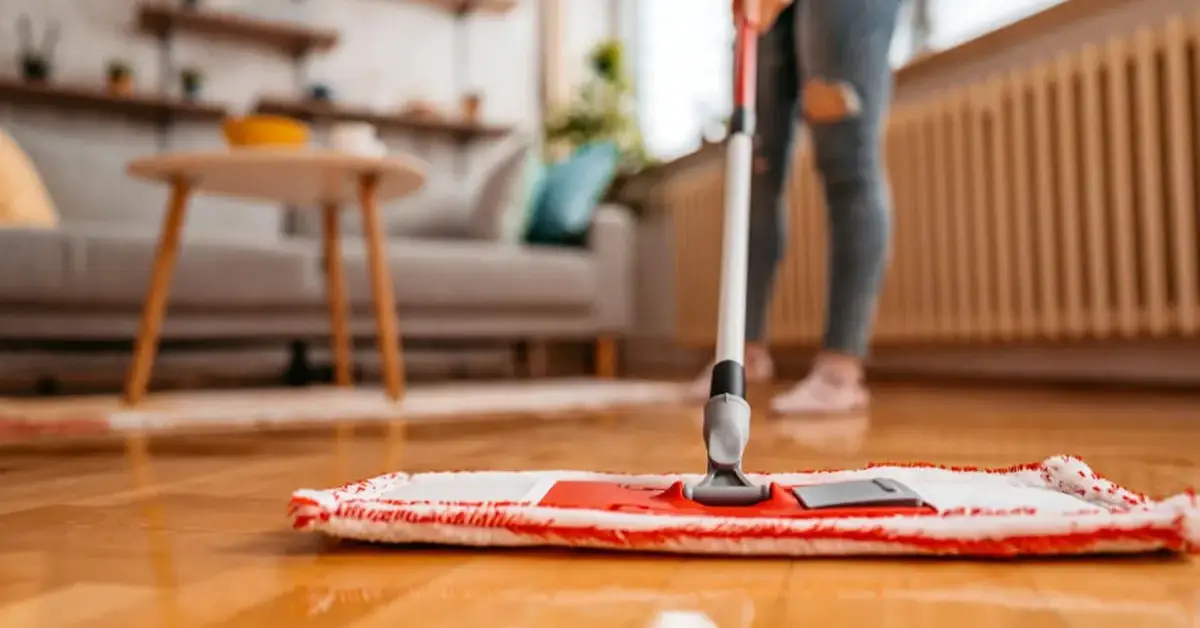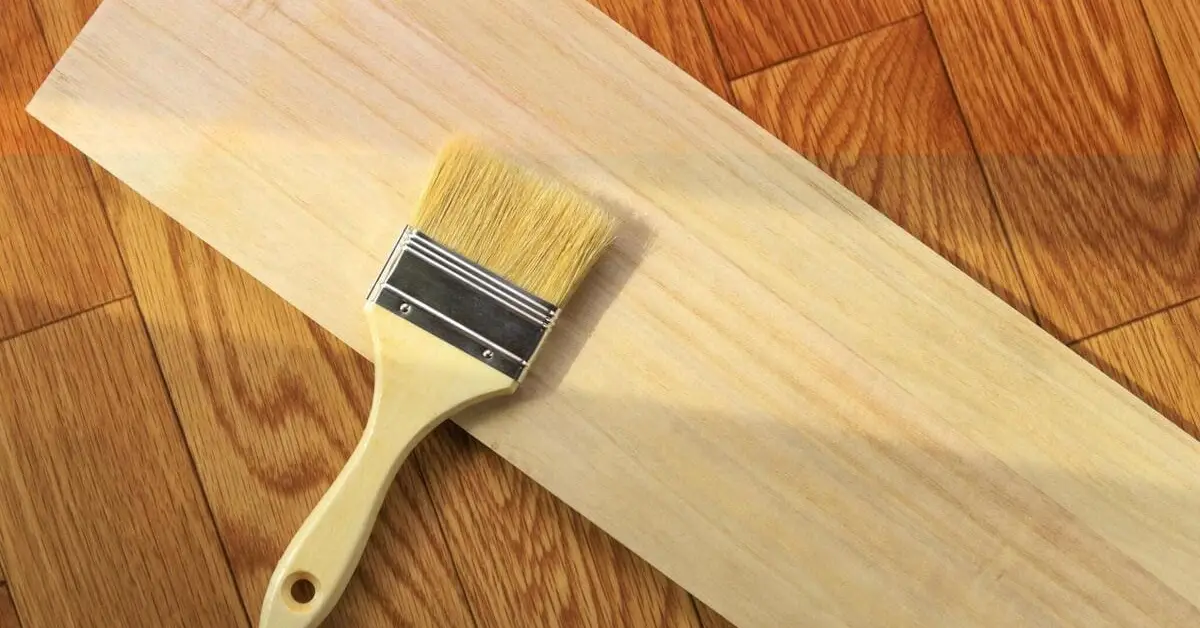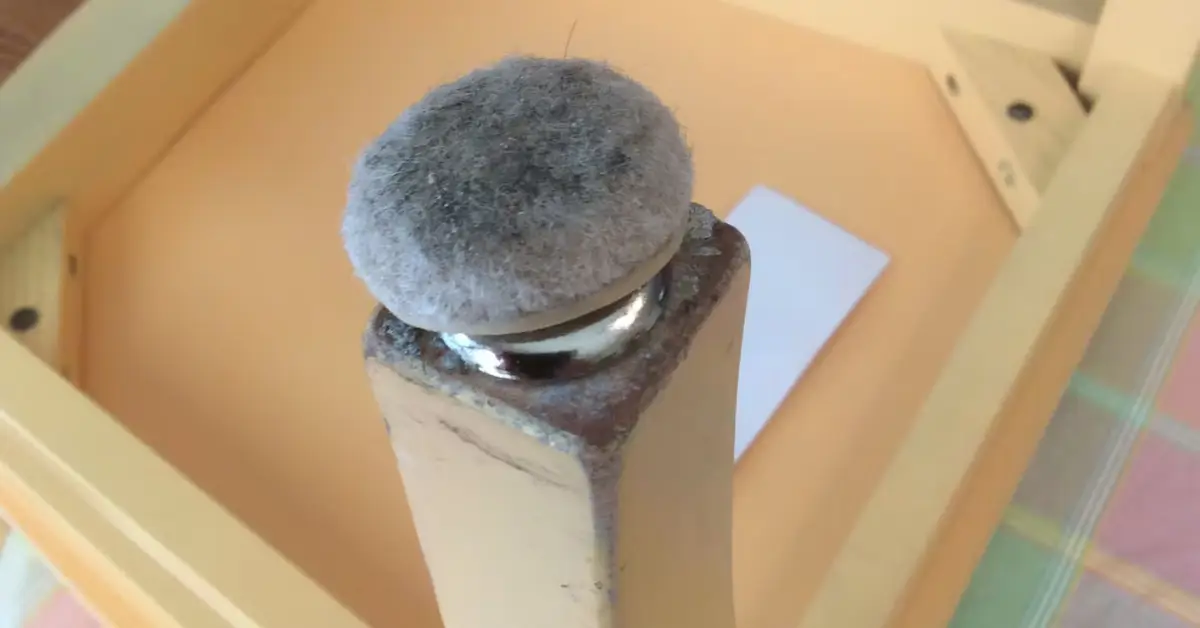4 Things You Should Stop Doing When Cleaning Hardwood Floors This Year
I’ve been refinishing and advising homeowners on hardwood for over two decades, and if there’s one thing I see more than scratched boards, it’s perfectly good floors that have simply lost their shine. You clean them, you mop them, and still the light doesn’t catch—so you ask, why hardwood floors lose shine?
Most writers list the usual suspects and stop there. I won’t. In this piece I’ll show you the specific cleaning blunders I keep finding in real homes—the habits that silently strip gloss, invite residue, and turn your finish matte over time. You’ll get straightforward checks to run now, and fixes you can actually use this weekend.
By the end you’ll know which of the four blunders is happening in your house, why it’s dulling the finish (not just that it is), and the exact first steps to take so your floors stop looking tired and start reflecting again.
Blunder #1: Using Cleaners That Strip the Finish (and Leave a Residue)
Let’s start with the biggest one I see in almost every home — using the wrong cleaner. You’d be surprised how many people ruin their floor’s shine while trying to protect it.
What Happens
When you use harsh chemicals or oil-based soaps, they react with your floor’s protective coating. Instead of cleaning the surface, they slowly strip the finish or leave behind a dull, cloudy film.
I’ve seen this happen countless times — the homeowner swears they clean regularly, yet the floor looks foggy no matter how much they buff it.
As Martha Stewart notes in her cleaning guide, even well-intentioned products can “create buildup and leave residue that dulls hardwood over time.”
Common Product Mistakes
You don’t have to use bleach or acid to damage your floors. Everyday “natural” cleaners can do it too. Here are a few common culprits:
- Vinegar or ammonia mixes – they’re too acidic for wood finishes.
- Citrus or lemon-based solutions – sound gentle, but they slowly eat away the protective layer.
- Oil soaps or wax-based cleaners – leave a greasy film that traps dirt and dulls shine.
If you’ve been using any of these, your floor might already have a layer of buildup that light can’t reflect off properly.
Why Finish Integrity = Shine
Think of the finish as your floor’s mirror. Once it’s scratched, stripped, or uneven, light doesn’t bounce the same way.
No finish → no gloss. And that’s when your once-beautiful hardwood starts looking tired, even if it’s technically clean.
Quick Check
Run your hand or a dry microfiber cloth across the floor:
- Does it feel slightly sticky or tacky?
- Does the cloth pick up a thin, cloudy film? If yes, that’s residue from the wrong cleaner, not dirt. Time to switch to a pH-neutral hardwood cleaner and a lightly damp microfiber mop.
Blunder #2: Over-Mopping, Steam Cleaning, or Letting Water Sit

Here’s another one that sounds helpful but secretly destroys shine — too much water.
What Happens
Hardwood and water have never been friends. When you over-mop, use steam, or leave wet spots after cleaning, moisture seeps into the sealant. Over time, the wood swells, warps slightly, and dulls the topcoat.
Even minor water exposure causes:
- Finish hazing – a cloudy, matte appearance.
- Raised grain – wood fibers lift and scatter light unevenly.
- Dirt buildup – water leaves behind mineral deposits that attract grime.
Why Steam or Soaking Seems Efficient
Steam mops feel powerful — quick, hot, “sanitizing.” But that same heat and pressure push moisture deep into the joints. Within months, you’ll notice faded patches where shine used to be. What looks like deep cleaning is actually deep damage.
And if you’re thinking of using a steam mop on your hardwood floors, check this out first — it breaks down exactly why those “hardwood-safe” claims often lead to more harm than help.
How This Ties to Shine Loss
When the finish expands and contracts from moisture, micro-cracks form. Light no longer reflects cleanly, and the floor starts absorbing dirt faster. Once the topcoat is compromised, every mop session just makes it worse.
Action Tip
Here’s how to clean safely without dulling:
- Use a barely damp microfiber mop, not dripping wet.
- Wipe spills the moment you see them — don’t let water sit.
- Never use steam, even “hardwood-safe” ones.
- Keep humidity between 35–55 % indoors to protect the finish.
If you’ve been cleaning often but your floors still look dull, this is probably the reason. A dry, light touch always wins over an over-eager mop.
Blunder #3: Foot Traffic, Grit, and Dragging Furniture — The Slow Scratch Attack on Your Glossy Layer
If you’ve ever noticed that your living room floor looks duller than the one in your guest room, that’s not your imagination — it’s traffic damage. Every step you, your kids, and even your pets take slowly wears away the glossy layer that protects your hardwood.
Explanation
Tiny particles of dirt and grit act like sandpaper under your shoes. Every time someone walks across the room, those grains scrape the surface, leaving behind fine scratches that scatter light. Add in the occasional chair being dragged instead of lifted, and you’re looking at deeper gouges that dull your finish faster than any cleaning mistake.
Why Even Sealed Hardwood Loses Shine Over Time
Even if your floor is sealed with a durable polyurethane finish, abrasion from dirt and movement gradually wears it down. The sealant doesn’t vanish overnight — it thins out unevenly, especially in high-traffic zones like hallways, kitchen areas, or near the sofa. The result? A floor that’s technically clean but no longer reflects light smoothly.
Signs Your Floor Is Under Attack
You’ll know your floor’s protective coat is suffering when:
- The surface looks matte, not glossy, in walking paths.
- Light reflection appears patchy or blurred.
- The area near doorways or under chairs looks scuffed even after cleaning.
If you’ve been wondering why those same spots never seem shiny, the finish has likely worn down from constant friction, not dirt.
Preventive Tips
You can’t stop people from walking, but you can stop the damage from spreading:
- Use doormats at every entrance to trap grit before it hits your floors.
- Take shoes off indoors — especially heels or rubber soles that grind dirt.
- Add felt pads under every piece of furniture.
- Lift furniture when moving it; dragging is one of the fastest ways to kill your gloss.
- Vacuum or dry mop daily — it takes 30 seconds but saves your finish years of life.
If your floor already has light scuffs or hairline marks from daily wear, you don’t always need to refinish — here are 5 easy ways to remove scratches from hardwood floors without replacing them that actually work and protect your existing finish.
The truth is, shine loss isn’t always about cleaning mistakes — it’s about everyday habits that quietly sand away your floor’s beauty.
Blunder #4: Assuming the Sealant Lasts Forever — When Your Protective Layer Thins, Shine Fades

A clean floor doesn’t always mean a protected one. Most people believe once their hardwood is sealed, it’s safe for life — but every finish has an expiration date.
What Happens
The protective coating (polyurethane, oil-based, or water-based finish) doesn’t just make wood glossy — it’s what light reflects off of. Over time, sunlight, foot traffic, and cleaning products gradually break it down. Once that layer gets too thin, the surface becomes dull and more porous, soaking in dust and moisture instead of repelling it.
According to Renaissance Hardwood Floors, even the best finishes begin to lose their reflective quality after years of wear, especially in homes with pets, kids, or frequent cleaning.
Why Many Homeowners Skip This Step
Most people assume that if they’re cleaning regularly, they’re maintaining the floor — but cleaning and sealing are two different things. Cleaning keeps the surface tidy; sealing keeps the shine alive. Ignoring maintenance allows dullness to creep in slowly, until one day you realize no product or polish can bring the glow back.
Signs Your Finish Is Wearing Out
Before it gets that far, look for these early warnings:
- Uneven sheen — one side of the room shines while the other looks flat.
- Darker or faded patches that cleaning won’t fix.
- Bare-looking spots near walls, entryways, or under rugs.
These are signs your finish is thinning and no longer protecting the wood beneath.
Maintenance Tips
Preserving your floor’s gloss is easier — and cheaper — than refinishing later.
- Schedule a professional screening and recoating every 3–5 years (more often in high-use areas).
- Use only manufacturer-recommended cleaners that won’t erode the sealant.
- Avoid DIY wax layers unless your floor type requires it; mismatched finishes can trap residue.
- Check with your flooring installer or brand for finish-specific care instructions.
This step isn’t about vanity — it’s about longevity. A little maintenance now prevents years of frustration later, and it keeps your hardwood floors shining the way they were meant to.
Bonus Tips: Fast Fixes and Smart Habits to Bring Back Gloss and Keep It
If your floors already look dull, don’t panic — you don’t need a full refinish yet. A few smart tweaks this week can help you reclaim that glow and stop the dulling cycle.
What to Do This Week
Here’s a quick checklist you can start right now:
- Dry mop daily with a microfiber pad to lift fine dust before it scratches the surface.
- Inspect for residue: If the floor feels slightly sticky or hazy, you’ve got buildup — switch to a pH-neutral hardwood cleaner.
- Focus on high-traffic areas: Place rugs or runners where foot traffic is heavy.
- Spot-test your cleaner: Try it in an inconspicuous corner before applying it everywhere. A safe, water-based cleaner is always better than a multipurpose spray. Not sure how often you should sweep hardwood floors? A consistent sweeping schedule is one of the simplest ways to keep grit from dulling your finish.
That small change alone can make your floor’s gloss return faster than any “shine-in-a-bottle” product.
Monthly or Quarterly Habits to Keep the Shine

Shine maintenance isn’t a one-time effort — it’s consistency.
- Check furniture pads: Replace worn ones that no longer glide smoothly.
- Rotate rugs or furniture: Prevents uneven fading and wear.
- Vacuum corners and edges: Dust buildup here eventually dulls nearby areas.
- Monitor indoor humidity: Keep it around 40–50 percent to prevent wood movement that disrupts the finish.
A few minutes every month will protect the hours you spent cleaning.
When to Call a Pro
If you notice:
- Persistent dull patches that cleaning can’t fix
- Finish peeling or flaking
- Bare wood visible near thresholds or furniture legs
…it’s time to call in a refinisher. A professional screen-and-recoat can restore sheen without full sanding. Waiting too long means you’ll end up paying for a complete refinish later.
These quick wins bridge the gap between daily care and long-term protection — giving you visible improvement without the hassle.
Key Takeaways to Keep Your Hardwood Floors Glossy
Let’s recap what really matters:
- Avoid harsh or oily cleaners — they strip or smother the finish.
- Keep moisture low — over-mopping and steam are gloss killers.
- Protect against micro-scratches — dirt acts like sandpaper.
- Maintain your finish — reseal or recoat before the shine disappears for good.
- Adopt consistent habits — dry mop, check pads, and control humidity.
Your hardwood floors don’t just need cleaning; they need care that respects the finish. When you give them that, the shine lasts for years — not weeks.
If you found these tips useful, share your own cleaning routines or struggles in the comments below — I’d love to hear what’s worked for you. And for more real-world maintenance advice and home-care guides, visit Build Like New, where we help you keep every surface in your home looking like it was just installed.
Disclaimer: The cleaning and maintenance tips in this article are for general informational purposes only. Always follow your flooring manufacturer’s care instructions before using any product or technique. Build Like New is not responsible for damage caused by misuse of cleaning agents or tools. When in doubt, consult a certified flooring professional.


